Could You Have Prediabetes and Not Know It?
Published: October 29, 2021
November is National Diabetes Month. Diabetes is a serious illness that causes sugar to build up in the blood, and can lead to health complications including kidney failure, amputations and blindness.
If you don’t have diabetes, maybe you’re tempted to skip the rest of this article. But consider this: According to the American Medical Association (AMA), more than one-third of American adults have prediabetes—and 90% of those people aren’t aware of it! The condition is so common that this year, the theme of National Diabetes Month focuses on prediabetes.
When a person has prediabetes, their blood glucose (sugar) levels are higher than normal, but not high enough to be diagnosed as diabetes. Yet, says the AMA, up to one-third of people with prediabetes will go on to develop type 2 diabetes if they don’t take steps to lower the risk.
Risk factors for prediabetes include:
- Being overweight
- Being 45 year or older
- A parent, brother or sister with type 2 diabetes
- Being physically active fewer than three times per week
- A history of gestational diabetes (diabetes during pregnancy)
- Being of African, Hispanic/Latino or Pacific Islander descent
Why do more people today have prediabetes? Experts say this is because our population is older, heavier, and less active. The Centers for Disease Control and Prevention (CDC) reports that while 88 million people in the U.S. have prediabetes today, the good news is that these people can learn practical, real-life changes and cut their risk factors for developing type 2 diabetes by 58%.
While we can’t do anything about growing older, we can take steps to keep prediabetes from progressing. That starts with literal steps! Walking and other brisk physical activity helps control blood sugar. The CDC recommends that we get 150 minutes per week of walking and other exercise to lower the risk. They also note that by losing 5% – 7% of our body weight, we can substantially lower the risk.
Eating a healthy diet also helps. Ask your doctor to recommend the eating plan that’s right for you. This will likely include foods that are higher in fiber and lower in fat and sugar. Eat plenty of vegetable-based foods, and avoid sugary desserts and sweetened drinks.
Talk to your doctor about your risk factors for diabetes, and ask if you should be tested. A simple blood test can tell if you have prediabetes. Even if your blood sugar is in a healthy range, taking the preventive steps mentioned above can lower your risk of developing diabetes later on. You can start with small steps—a little more exercise each day, choosing healthier foods and drinks at most meals, and gradually losing weight if you need to.
Welbrook Transitional Rehabilitation Farmington experts help guests remain physically active, and support their return to activity after a health event, surgery or injury. Contact us to learn about our state-of-the-art treatment, provided by compassionate staff in our beautiful surroundings.


